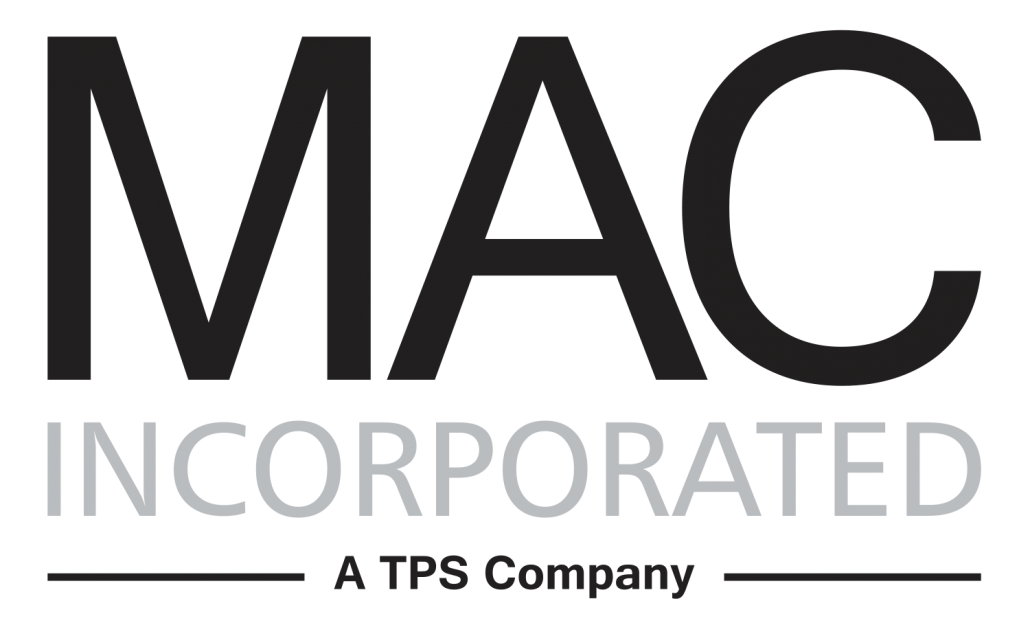OSHA Update— Vehicle-mounted elevating and rotating work platforms
As you start the New Year, it’s important to make sure your organization is up to date on the latest safety regulations from the Occupational Safety and Health Administration. Today we’ll take a look at the regulations for vehicle-mounted elevating and rotating work platforms, and the specific requirements for ladder trucks, extensible boom platforms, electrical tests, and welding standards.
General Requirements
According to section 1910.67 of the 29 CFR, aerial lifts acquired on or after July 1, 1975 shall be designed and constructed in conformance with the applicable requirements of the American National Standard for Vehicle Mounted Elevating and Rotating Platforms. Aerial lifts acquired before that time should not be used unless they have been modified to conform with those standards. An Aerial device is defined as any vehicle mounted device (telescoping or articulating) which is used to position personnel. Aerial equipment may be made of metal, wood, fiberglass, reinforced plastic, or other material and may be powered or manually operated. The only exception to this requirement is firefighting equipment.
Ladder and Tower Trucks
Before the truck is move for highway travel, all aerial ladders must be secured in the lower traveling position with a locking device. The lock must prevent oration of the ladder in combination with positive acting linear actuators.
Extensible and articulating boom platforms
On all boom platforms, life controls must be tested each day to determine that they are in safe working condition. Only people with prior adequate training shall operate an aerial lift and belong off to an adjacent pole or structure isn’t permitted. An aerial lift truck may not be moved when the boom is elevated in working position with bodies in the basket. Articulating and extensible boom platforms shall have both platform and lower controls. The controls shall be in or beside the platform within easy reach, and the lower controls must have the power to override the upper controls.
Electrical Tests
Electrical tests must be regularly performed before using electrically elevated platforms. Electrical tests shall be made in conformance with the requirements of ANSI. However, equivalent DC voltage tests may be used instead of the AC voltage specified in the requirements.
Welding Standards
All welding must conform to the Automotive Welding Society (AWS) standards. These standards can be found in section B3.0-41 of the AWS. There are specific regulations for Automotive Welding Design, Piping and Tubing, and Welding Highway and Railway Bridges.
In order to prevent accidents or hazards in the workplace, it’s important that you follow the OSHA regulations and provide adequate training to any employee operating equipment. Stay tuned to the MAC Incorporated blog for the latest updates on OSHA and advice on all safety and health procedures in the manufacturing industry. If you’re looking for the best talent to fill positions in the construction and engineering industries, contact the recruiters at MAC today to see how we can provide customized staffing solutions.

